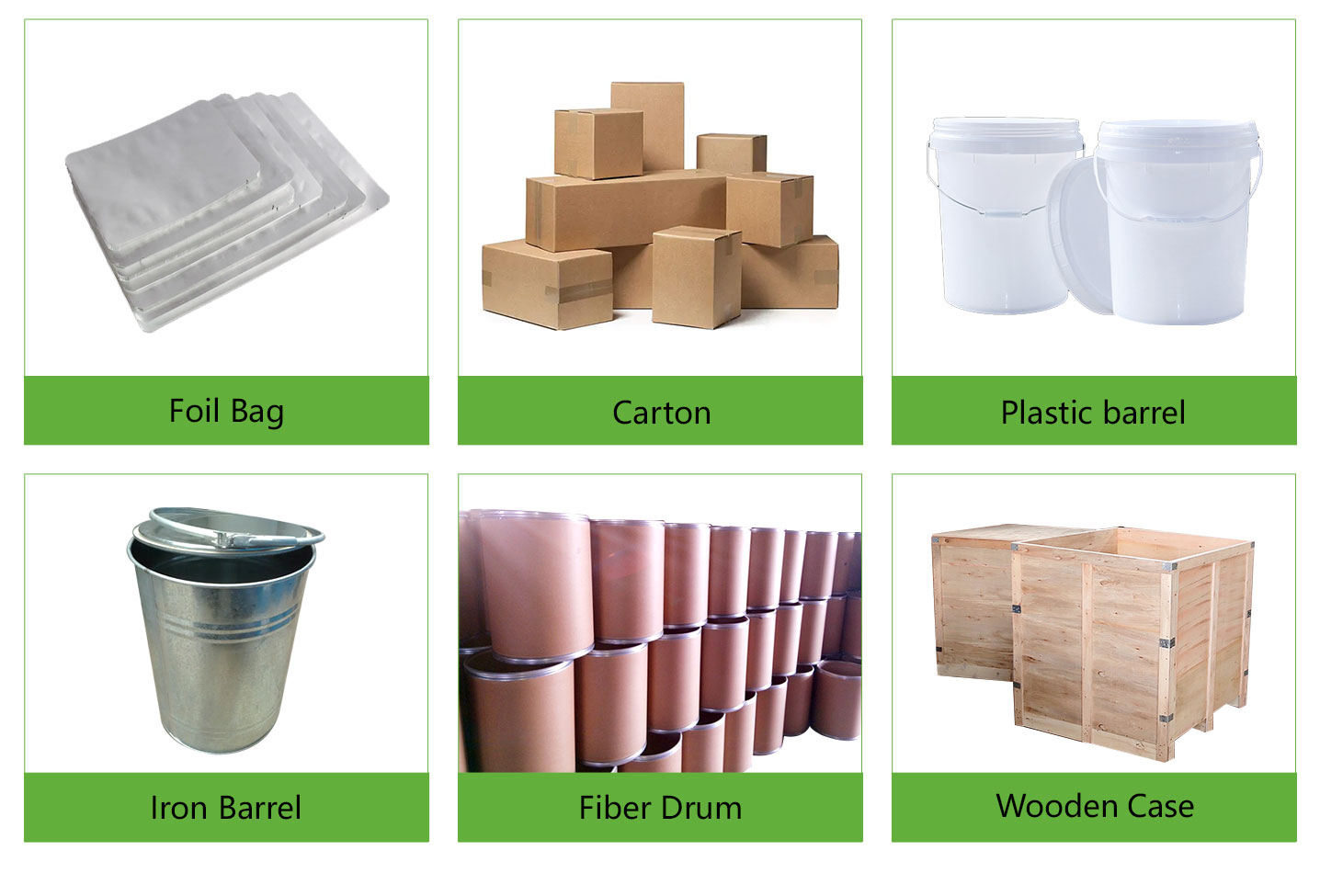How amazing is graphene?
Graphene only has 0.142 nanometers molecular bond length and 0.335 micrometers crystal plane spacing. It has four atoms of size, making it much smaller than a bacteria.
Graphene has been the thinnest known compound. It is one atom in thickness. It is also one atom thick.
Humans and graphene
Since 1948, graphene was found in nature. But it was difficult to separate graphene form the monolayer structure at the time. The graphene was all clumped together. It was almost graphite. Every millimeter contained three million layers.
Graphene, therefore, was considered non-existent for a very long time.
Scientists Konstantin Voselov (University of Manchester) discovered how to isolate graphene in 2004. The scientists discovered that graphite sheets made from highly-oriented, pyrolytic graphite could be easily separated by attaching them to special tape and then tearing it apart.
This can be repeated over and over, resulting in thinner sheets. Eventually, graphene is a special type of carbon atoms. Andrei Geim, Konstantin Novoselov received the Nobel Prize for Graphene Discovery.
Graphene The king material --
When graphene became known, it changed the face of scientific research all over the globe. One gram graphene will cover the area of a standard football field, as it is the thinnest known material.
Graphene is also very good at electrical and thermal properties. Pure monolayer graphene, which is defect-free, has a high thermal conductivity at 5300W/Mk, the highest known carbon material.
Graphene is also very good at conducting electricity. Graphene, which has a carrier mobility value of 15,000m2/(Vs at room temperatures), is 10 times more than silicon, the most widely used material.
The arrangement of carbon atoms inside graphene is like barbed wire. This arrangement of atoms gives graphene unique flexibility. It is also more difficult than ever. The graphene's unique flexibility is due to the honeycomb and barbed wire structures created by carbon atoms. Each carbon atom is also perpendicular the orbital, which allows for large bonds to penetrate atoms.
Graphene applications
The discovery graphene has opened scientists' eyes to the possibility of movement and action of particles. It has also changed many aspects of our lives.
These new energy batteries represent the first steps towards graphene tech. The lithium battery is currently the most common type of battery. While the lithium battery has the capacity to store a lot of electric power for us, the downside of the battery is its inability to last long. Each discharge or charging will reduce the battery's life expectancy.
The graphene material can greatly increase the charging efficiency and capacity of batteries. Additionally, it plays a significant role in prolonging battery life. A graphene tinoxid layer will be used as the anode for a lithium-ion battery. The battery will last longer once it is charged.
Graphene is a good choice for batteries that last longer and have a higher capacity.
Because graphene has soft properties, it could be used to create flexible material. The flexible display is one of the most iconic examples.
The flexible transparent displays produced by the South Korean Institute were made using layers of graphene, fiberglass polyester sheets and other materials. While the project is still in the development phase and has not yet been launched on the market, the project staff believes that flexible transparent displays made of graphene could one day replace "bricks", mobile phones. The phones can be folded up like silly putty.
Graphene is also used to protect our environment, most notably in desalination.
Water reacts with graphene to create a channel that is just 0.9 nanometers wide. Molecules smaller in size can pass through the channel without difficulty, but larger molecules will get stuck. Graphene can remove large molecules of salt from seawater.
Graphene's unique properties and excellent properties have led to many achievements in many scientific fields.
Technology Co. Ltd. is a trusted global supplier of chemical material and manufacturer. They have over 12 years experience in producing super-high-quality chemicals, Nanomaterials, such as silicon powder.
Send us an inquiry if you're looking for high-quality graphene. (brad@ihpa.net)






